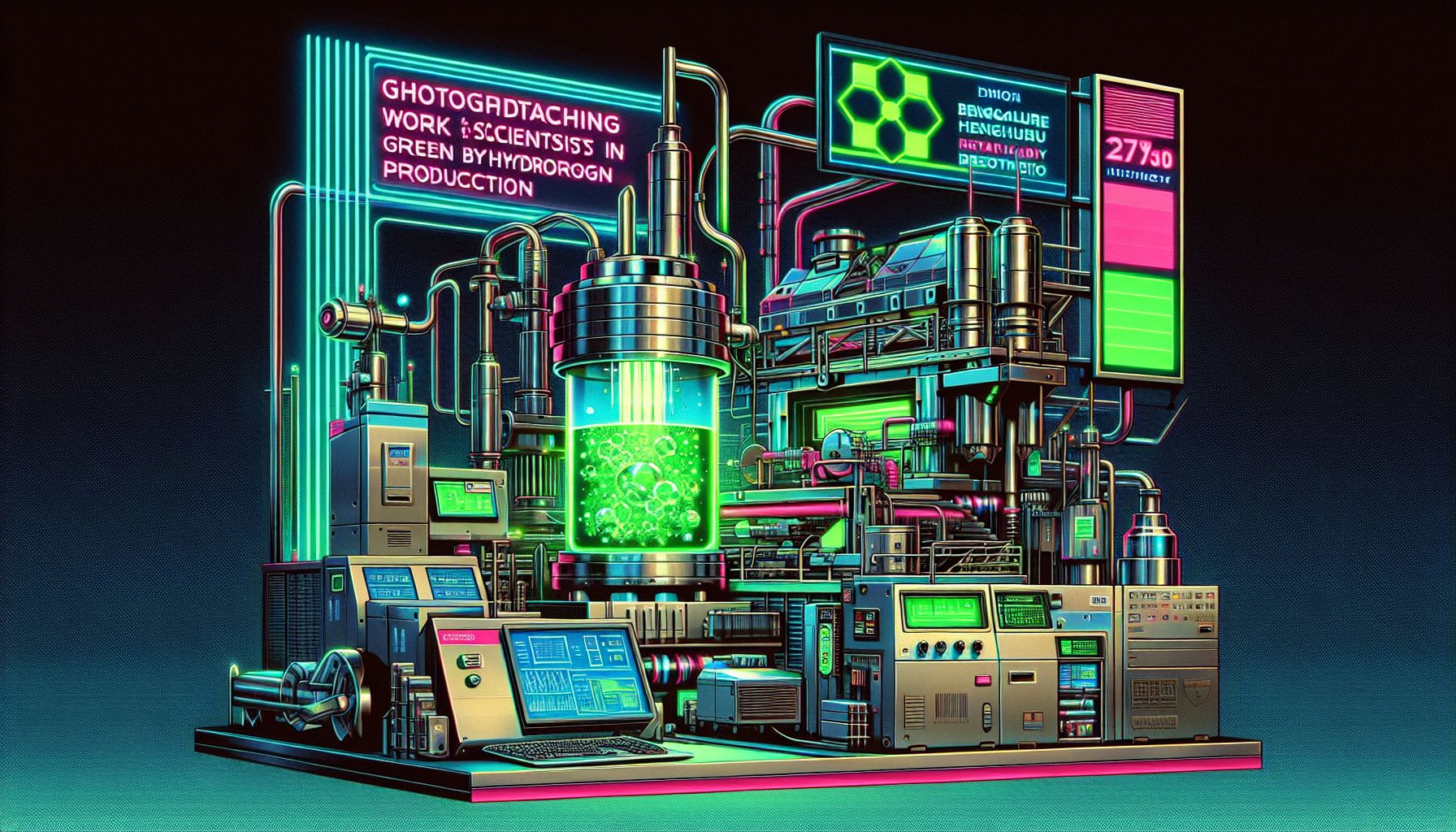Bengaluru's Catalyst: A Game-Changer for Green Hydrogen Production

Bengaluru, Monday, 17 February 2025.
Scientists in Bengaluru have developed a catalyst that boosts green hydrogen production efficiency, potentially slashing costs and increasing scalability. It’s a leap towards affordable clean energy.
The Breakthrough Innovation
I’m excited to share details about a remarkable scientific achievement from my city. Researchers at the Centre for Nano and Soft Matter Sciences (CeNS) in Bengaluru have developed a revolutionary high-entropy alloy (HEA) catalyst that’s transforming how we produce green hydrogen [1]. This innovative catalyst combines platinum, palladium, cobalt, nickel, and manganese in a unique way that makes hydrogen production significantly more efficient and cost-effective [1].
Cost and Efficiency Benefits
What makes this development particularly impressive is its economic impact. The new catalyst uses seven times less platinum than traditional methods while delivering superior performance [1]. I find it remarkable that this could reduce production costs to just 20% of conventional catalysts [1]. Even more impressive is its durability - it can operate for over 100 hours without degradation, even in challenging alkaline seawater conditions [1].
Perfect Timing for Clean Energy Push
This breakthrough couldn’t have come at a better time. Karnataka, our state, has just unveiled its Clean Mobility Policy 2025-30, demonstrating a strong commitment to sustainable energy solutions [2]. With an ambitious investment target of ₹50,000 crore and plans to create 100,000 jobs in the clean mobility sector [2], this catalyst innovation aligns perfectly with our region’s green energy goals. The policy specifically includes support for hydrogen fuel cell vehicles and infrastructure [2], making this catalyst development even more significant for our future energy landscape.
Looking Ahead
The potential impact of this development extends far beyond our laboratories. With Karnataka attracting major investments in clean energy - including substantial commitments from companies like JSW Group and Hero Future Energies for renewable energy projects [3] - this catalyst could play a crucial role in scaling up green hydrogen production. As someone following these developments closely, I believe we’re witnessing a pivotal moment in our transition to cleaner energy solutions [GPT].